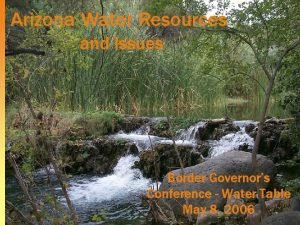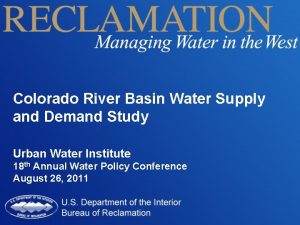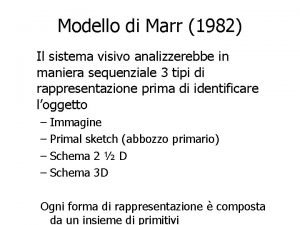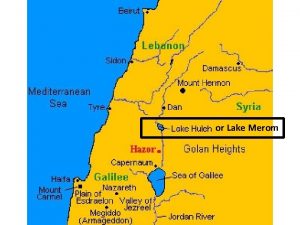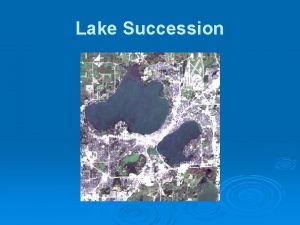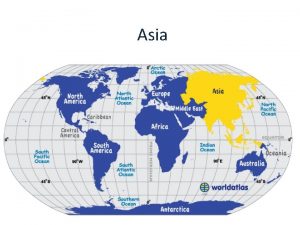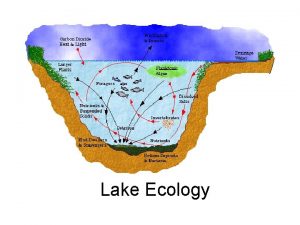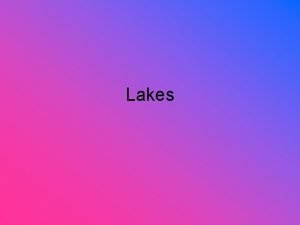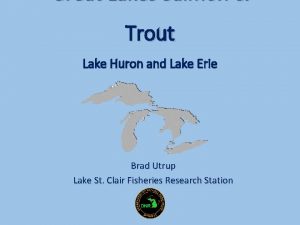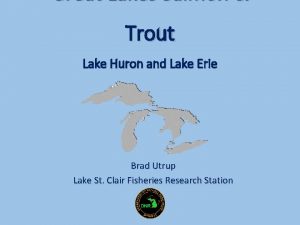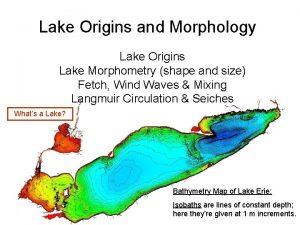Lakes Lakes Forel 1982 defined lake as a










- Slides: 10

Lakes

Lakes • Forel (1982) defined lake as a body of standing water and occupying basin and lacking continuity with the sea. He also defined pond as a lake of small depth, and a swamp has been defined as a pond of small depth and occupied by rooted vegetation. • Carpenter (1928) formulated that the true difference between lake and pond is depth and not area accordingly a pond is a quiet body of water where floating vegetation extends to the middle of basin in which the biota is very similar to littoral zone of lake.

Lake Zonation • The following depth zones are recognized in lakes: a. littoral zone extends from the shore just above the influence of waves and spray to a depth where light is barely sufficient for rooted plants to grow. b. photic (euphotic) zone is the lighted and usually well-mixed portion that extends from the lake surface down to where the light level is 1% of that at the surface. c. aphotic zone is positioned below the littoral and photic zones to bottom of the lake, where light levels are too low for photosynthesis. Respiration occurs at all depths so the aphotic zone is a region of oxygen consumption. This deep, unlit region is also known as the profundal zone.

d. compensation depth is the depth at which rates of photosynthesis and respiration are equal. e. sublittoral zone, which is the deepest area of plant growth, is a transition between the littoral and profundal zones. f. pelagic zone (limnetic zone) is the surface water layer in offshore areas beyond the influence of the shoreline. Boundaries between these zones vary daily and seasonally with changing solar intensity and transparency of the water. There is a decrease in water transparency with algal blooms, sediment inflows from rivers or shore erosion, and surface waves.



Streams and Rivers • Streams are zones where a rapid flow of shallow water produces a shearing stress on the stream bed, resulting in a rocky or gravel substratum covered by fully oxygenated water. Streams may vary in size from tiny rivulet to rivers. • As time goes the stream may develop into river or increase its size, whereas the size of reservoirs decreases as time passes.

Physical conditions of Streams • The annual change in stream temperature is 10 to 20°C. • The velocity of stream water varies with the landforms. In plains, streams are slow and sluggish throughout their length. In mountain stretches the speed of water may be rapid. • Extreme of turbidity occur in running water series and streams with rock beds the turbidity is minimal. • Stream systems increase their length, width and depth with increasing age. This is in distinct contrast to the reduction processes characteristic of all standing water units.

Chemical conditions • The dissolved oxygen supply in uncontaminated stream is high at all levels often near saturation. The polluted streams show low dissolved oxygen due to accumulation of organic wastes. • Current in streams tends to keep the p. H in uniform over considerable distances. It keeps any acidity due to accumulating free CO 2 reduced. Streams waters do not develop the more intense acidities.

RIVER • River is said to be a natural stream of water usually fresh water flowing towards an ocean. In some cases river flows into the ground or dries up completely before reaching another body of water. • Usually larger streams are called rivers while smaller streams are called creeks, brooks, rivulets, rills, and many other terms. • A river is a component of the hydrological cycle. The water within a river is generally collected from precipitation, through surface run off, ground water recharge and release of stored water in natural reservoirs such as glacier.


